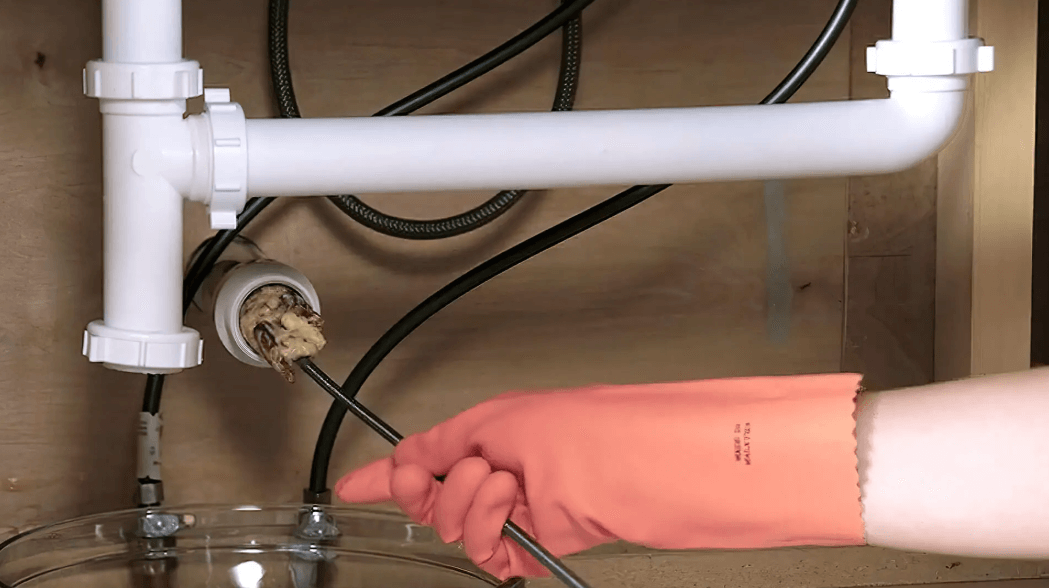Lots of the americans are suffering from diabetes which is an incurable disease and has very costly medicines to keep it in control. In order to avoid diabetes, or keep it in control, you need to first understand this disease from the very basics. To start with, Diabetes is a disease that occurs when your blood glucose, also called blood sugar, is too high.
The elevation of the blood sugar has the primary two reasons:-
1.When our body stops producing insulin
2.When the body does not respond to the insulin produced by our body. It means our body is not breaking down the body into energy.

Types of Diabetes
There are two types of diabetes:-
- Type-I diabetes
- Type-II diabetes
Type-I diabetes: It is also known as Juvenile diabetes as it occurs to people who are below 20. In type-I diabetes patient’s body is partially or completely unable to produce the insulin. It is an autoimmune disease that attacks the pancreas making it inefficient to produce insulin. It cannot be prevented but can only be controlled with some lifestyle changes. It is less common in our country.
Type-II diabetes: Type-II diabetes happens to people above 40, which cause due to insulin resistance. In this stage, the pancreas is producing insulin but our body is not responding to it properly. The causes of Type-II diabetes are overweight, following a poor diet, high-stress level, imbalance of hormone, high blood pressure, certain medication. It can be treated and cured.
Symptoms of Diabetes
- High blood sugar which is known as hyperglycemia
- Increased ketones in your urine called diabetic ketoacidosis
- Hyperglycemic hyperosmolar nonketotic syndrome
- Low blood sugar called hypoglycemia
Tests & Diagnosis for Diabetes

Diabetes Tests for Type-I diabetes, Type-II diabetes, and prediabetes are:-The Symptoms of type-I diabetes generally appear suddenly and are often the reason for checking blood sugar levels. But the symptoms of Type-II diabetes and prediabetes show up more gradually, the American Diabetes Association (ADA) has recommended the screening guidelines.
- Glycated hemoglobin (A1C) test: It measures the percentage of blood sugar present in the hemoglobin (the oxygen-carrying protein in RBC) for the past two to three months. This blood test does not require fasting. If the amount of sugar attached to the hemoglobin is more, the blood sugar will be more. The A1C level is greater than 6.5 percentage it indicates the person is diabetic. An A1C result between 5.7 and 6.4 percent indicates the person falls in the prediabetes category. Below 5.7 is considered normal.
- Random blood sugar test: In random blood sugar test the blood sample is taken at a random. It does not consider when you last have taken food, a random blood sugar level of 200 milligrams per deciliter (mg/dL) which is equal to 11.1 millimoles per litre (mmol/L) or higher suggests diabetes problem in the person.
- Fasting blood sugar test: In this type of test for diabetes, the blood sample will be taken after observing fast for complete one night. For normal reports, the fasting blood sugar level should come less than 100 mg/dL (5.6 mmol/L). If fasting blood sugar level falls in the range from 100 to 125 mg/dL (5.6 to 6.9 mmol/L) is considered prediabetes. And when it comes 126 mg/dL (7 mmol/L) or higher on two separate tests that means that a person has diabetes.
- Oral glucose tolerance test: For this test, two times this test has been done. Once when you have fast overnight, the fasting blood sugar level is measured. Other after giving you a sugary liquid to drink. In Oral glucose tolerance test blood, sugar levels are tested periodically for the next two hours. If the blood sugar level comes less than 140 mg/dL (7.8 mmol/L)then the person is normal. If the reading of blood sugar comes more than 200 mg/dL (11.1 mmol/L) after two hours indicate diabetes. And the reading of blood sugar falls between 140 and 199 mg/dL (7.8 mmol/L and 11.0 mmol/L) indicates prediabetes condition in the person.
The following people are advised to receive the test:
- Any person having body mass index higher than regardless of age
- Any person who is older than age 45
- Any woman who has gestational diabetes
- The person who has been diagnosed with prediabetes
Home Remedy to Control Diabetes

There are some natural ways by which we can treat diabetes at home. First of all, we need to keep an eye on the food we eat. There are some foods that we should avoid which are mention below:-
- Refined Sugar
- Whole grains
- Alcohol
- Cow’s milk
- GMO foods
It is required to Make a commitment to managing your diabetes. Choosing healthy foods and maintaining a healthy weight will help a lot in dealing with diabetes of any type. The below mention foods are good for the diabetic person:
- Cinnamon: It contains a bioactive compound that stimulates the insulin activity and regulates the blood sugar level.
- Aloe vera: Its anti-inflammatory properties are known to control blood sugar levels.
- Jamun: Consuming 100 grams of Jamun every day will show very fast improvement in your blood sugar levels.
- Vitamin C (amla, orange, tomato, and blueberry)
Doing exercise every day will reduce the blood sugar level tremendously.
Treatments took by the diabetes person:-
- You need to monitor your blood sugar level, monitoring carefully is the only way to maintain blood sugar level within the target range.
- The person needs to take insulin therapy if type-I diabetes.
- Oral or other medications are also prescribed to stimulate the pancreas to produce and release the required amount of insulin. Metformin (Glucophage, Glumetza) is the first medication prescribed for type 2 diabetes mostly.
- Transplantation of the pancreas is also an option for Type-I diabetes. If the transplant is successful, you would no longer need any insulin therapy. But it is also a risk.
- For obese persons having a body mass index greater than 35, Bariatric surgery shows significant improvements in their blood sugar level.
- Keep your vaccinations up-to-date.
- Pay attention to your feet. Consult the doctor if you have a sore or other foot problem.
Medical Expenses in Diabetes:
The American Diabetes Association (Association) has research on March 22, 2018, that patients who are diagnosed with diabetes have an average medical expenditure of $16,752 per year of which over 55% ($9,601) is spent on diabetes which is itself 2.3 times higher than the person who doesn’t have diabetes.




